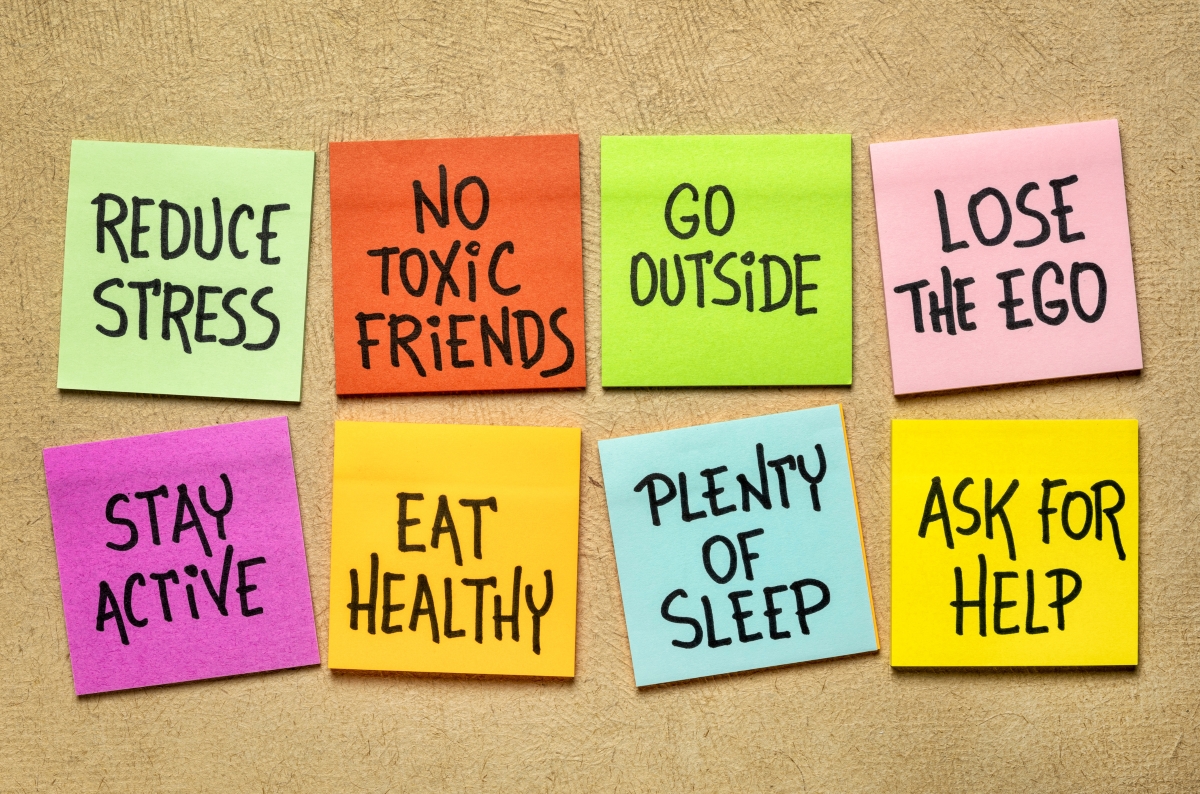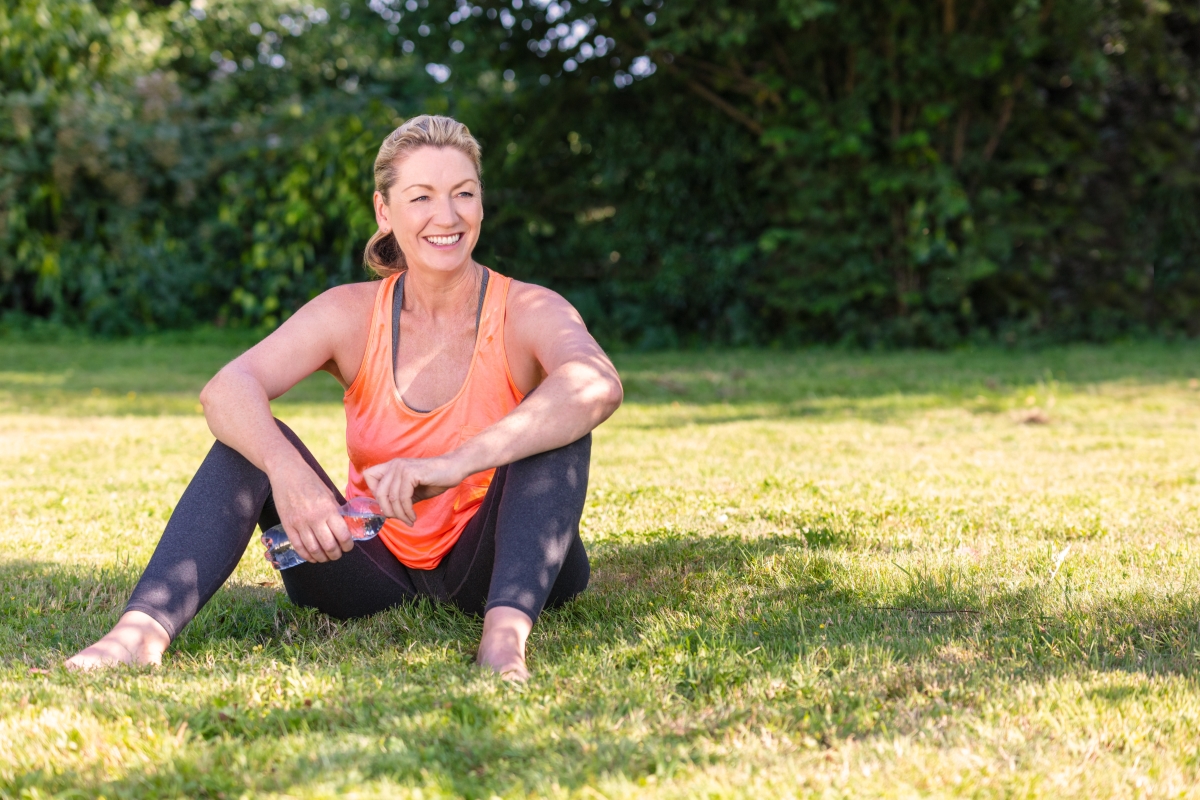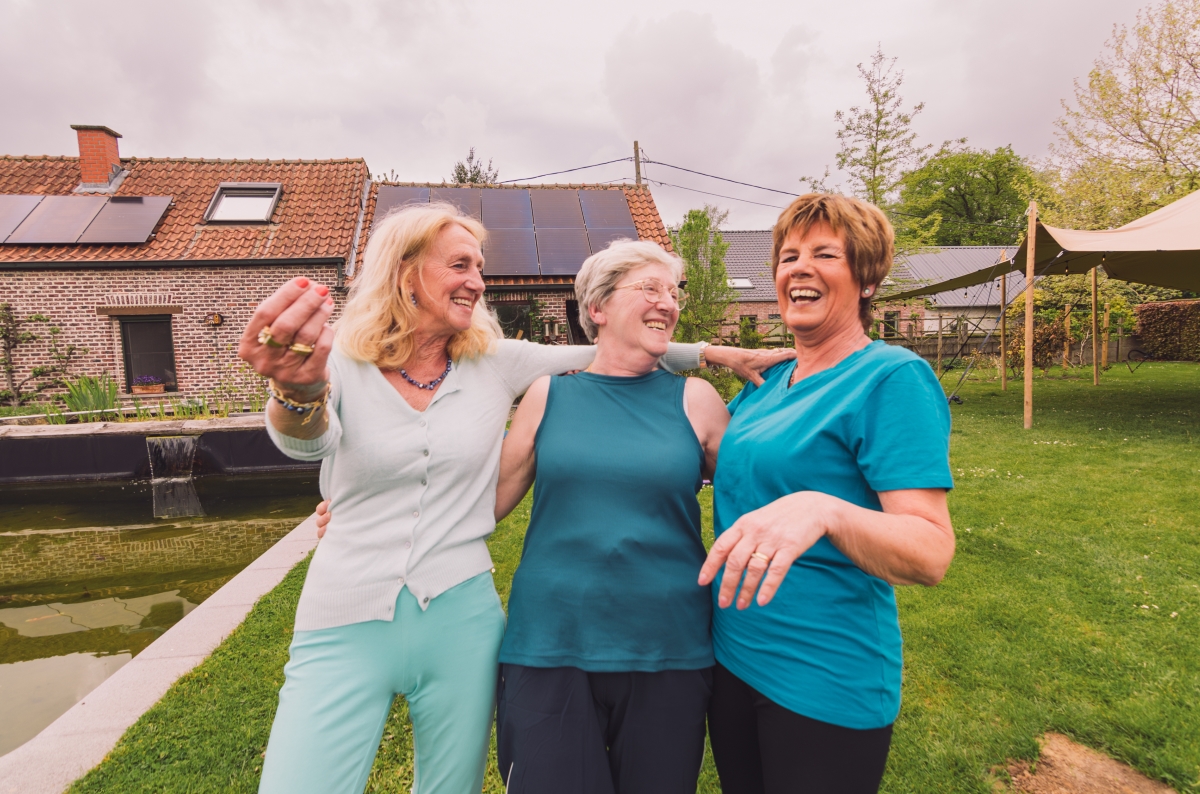
Aging is inevitable, but it doesn’t have to be a decline in health. For those over 55, focusing on healthy aging becomes increasingly important as physical, mental, and emotional changes can impact overall well-being. Embracing wellness at this stage of life is not just about managing the effects of aging but also about actively seeking ways to enhance quality of life.
This blog post offers practical tips and strategies for helping seniors maintain their health, vitality, and happiness. By adopting a proactive approach, you can turn the challenges of aging into opportunities for growth and wellness.
Understanding the Aging Process

Physical Changes
As we age, our bodies naturally undergo several changes. These can include decreased muscle mass, bone density loss, and slower metabolism. Joint stiffness and reduced flexibility are also common. Understanding these changes helps in adapting lifestyle choices to mitigate their effects. Regular physical activity, balanced nutrition, and preventive health measures are key to maintaining physical function and overall health.
Mental and Emotional Changes
Cognitive functions such as memory and processing speed may experience gradual changes with age. Emotional changes can include increased susceptibility to stress and mood fluctuations. However, staying mentally and socially active can help maintain cognitive health and emotional well-being. Engaging in activities that challenge the brain, along with strong social connections, plays a crucial role in managing these changes.
Key Areas of Focus for Healthy Aging

Nutrition and Diet
A balanced diet is essential for maintaining health as you age. Key nutrients include:
- Fiber: Found in fruits, vegetables, and whole grains, fiber aids digestion and helps prevent constipation.
- Protein: Important for maintaining muscle mass, protein can be sourced from lean meats, fish, dairy, and plant-based options.
- Calcium and Vitamin D: Vital for bone health, calcium is found in dairy products and leafy greens, while Vitamin D can be obtained through sunlight exposure and fortified foods.
- Antioxidants: Found in berries, nuts, and green leafy vegetables, antioxidants help combat oxidative stress.
Staying hydrated is equally important. Aim to drink at least 8 glasses of water daily and limit the intake of sugary and processed foods.
Physical Activity
Regular exercise is crucial for maintaining physical and mental health. Benefits include improved cardiovascular health, stronger muscles, better balance, and enhanced mood. Recommended types of exercises include:
- Aerobic Activities: Walking, swimming, and cycling help improve cardiovascular health.
- Strength Training: Using weights or resistance bands helps maintain muscle mass and bone density.
- Flexibility Exercises: Yoga and stretching improve flexibility and reduce stiffness.
- Balance Exercises: Tai Chi and balance-focused exercises help prevent falls.
Aim for at least 150 minutes of moderate-intensity aerobic activity each week, combined with muscle-strengthening activities two or more days a week.
Mental Health and Cognitive Function
Keeping the mind active is essential for cognitive health. Engage in activities that stimulate the brain, such as:
- Puzzles and Games: Crossword puzzles, Sudoku, and chess can improve cognitive function.
- Learning New Skills: Taking up new hobbies or learning a new language can keep the brain engaged.
- Social Interaction: Maintaining strong social connections through clubs, volunteer work, or regular gatherings can reduce feelings of loneliness and depression.
Practicing mindfulness and relaxation techniques can also help manage stress and improve mental health.
Preventive Health Care
Regular check-ups and screenings are essential to detect and manage health issues early. Key areas to focus on include:
- Routine Screenings: Regular screenings for blood pressure, cholesterol, and diabetes are important.
- Vaccinations: Stay updated on vaccinations such as the flu shot and shingles vaccine to prevent illness.
- Chronic Condition Management: Work with your healthcare provider to manage chronic conditions such as hypertension or diabetes effectively.
Embracing Wellness Through Lifestyle Choices

Stress Management
Chronic stress can negatively impact health, increasing the risk of various conditions. Techniques to manage stress include:
- Deep Breathing Exercises: Helps calm the mind and reduce anxiety.
- Meditation and Mindfulness: Practices that promote relaxation and focus.
- Hobbies and Leisure Activities: Engaging in activities you enjoy can reduce stress and improve overall well-being.
Quality Sleep
Good sleep is crucial for health and well-being. To improve sleep quality:
- Maintain a Consistent Sleep Schedule: Go to bed and wake up at the same time each day.
- Create a Relaxing Bedtime Routine: Engage in calming activities before bed.
- Optimize Your Sleep Environment: Ensure your bedroom is dark, cool, and quiet.
Building Strong Relationships
Strong social connections contribute to emotional and physical health. Strategies for maintaining relationships include:
- Regular Social Activities: Participate in social events and gatherings.
- Stay Connected with Loved Ones: Use technology to stay in touch with family and friends.
- Engage in Community Activities: Volunteer or join local clubs to build new connections.
Adapting Your Environment

Home Safety and Accessibility
Making your home safer and more accessible can help prevent falls and accidents. Consider:
- Removing Tripping Hazards: Keep floors clear of clutter and use non-slip mats.
- Installing Handrails and Grab Bars: In key areas such as bathrooms and stairways.
- Ensuring Adequate Lighting: To improve visibility and prevent accidents.
Technology and Tools
Technology can enhance the quality of life. Useful tools include:
- Assistive Devices: include hearing aids, magnifiers, and smart home devices.
- Health Monitoring Tools: Wearable devices that track fitness and health metrics.
- Communication Tools: Technology to stay connected with loved ones and healthcare providers.
Real-Life Success Stories

Inspiring Examples of Healthy Aging
Learning from others who have embraced wellness can be motivating. Consider the stories of individuals who have adopted healthy lifestyles, remained active, and engaged in their communities. These stories illustrate that positive aging is achievable and can lead to a fulfilling and vibrant life.
Resources and Support

Community Resources
Explore local and online resources designed for seniors. These may include:
- Senior Centers and Community Programs: Offer activities, support groups, and educational opportunities.
- Online Forums and Support Groups: Provide a platform for sharing experiences and advice.
Professional Help
When needed, seek advice from healthcare professionals:
- Primary Care Physicians: For regular health check-ups and management of health conditions.
- Specialists: include dietitians, physical therapists, and mental health professionals for targeted support.
Conclusion

Embracing wellness after 55 is about more than just managing the physical effects of aging. It’s a holistic approach that includes maintaining a balanced diet, staying physically and mentally active, and making lifestyle choices that enhance quality of life. By focusing on nutrition, exercise, mental health, preventive care, and adapting to your environment, you can enjoy a fulfilling and healthy life well into your later years. Remember, proactive steps today can lead to a vibrant and enjoyable tomorrow. Take charge of your health, stay engaged, and embrace the journey of aging with confidence and optimism.





